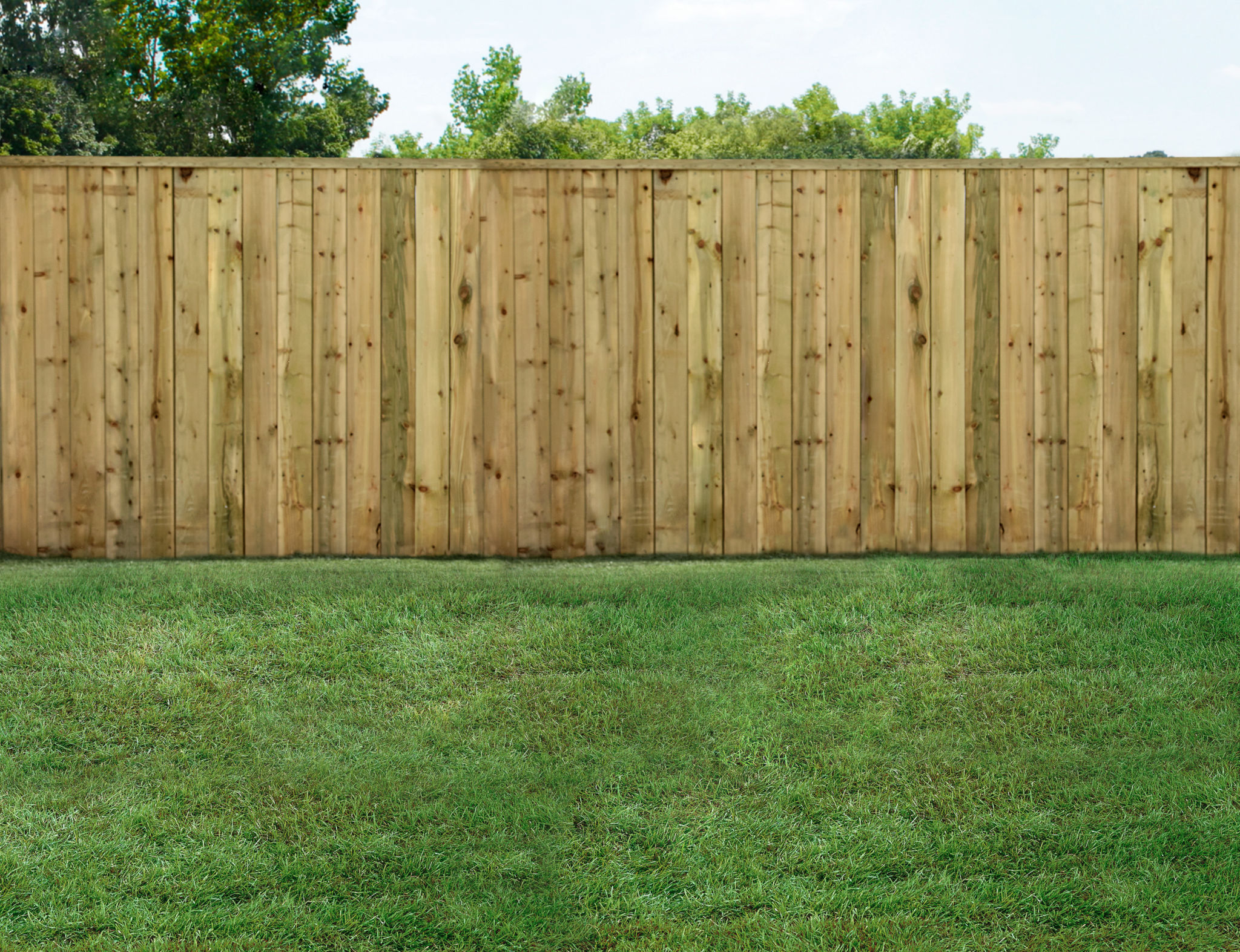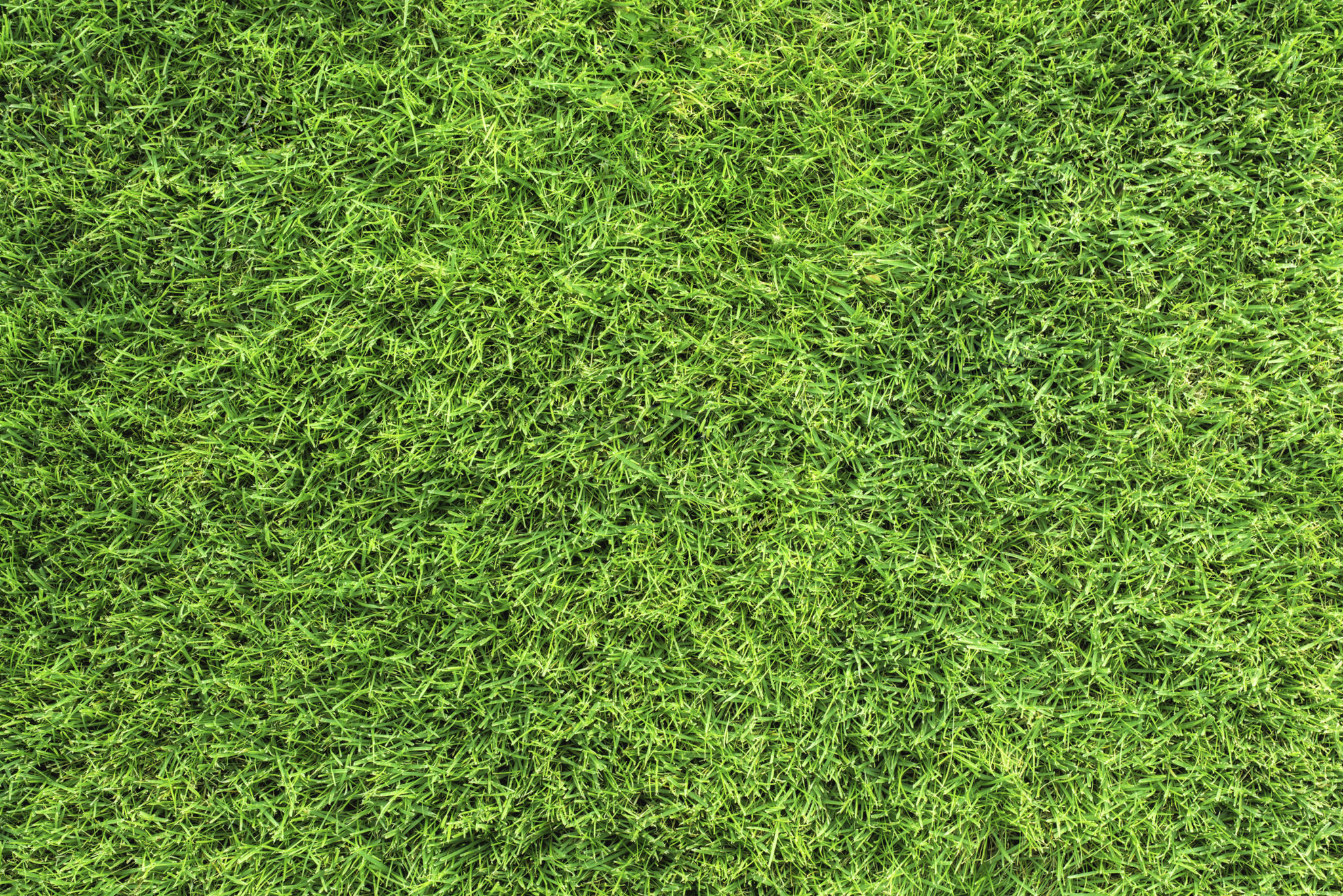Expert Insights: The Importance of Seasonal Lawn Care
The Art of Seasonal Lawn Care
Every homeowner dreams of having a lush, green lawn that is the envy of the neighborhood. However, achieving this requires more than just regular mowing and watering. Seasonal lawn care is crucial to maintaining healthy grass year-round. By understanding and implementing specific strategies for each season, you can ensure your lawn stays vibrant and resilient.

Spring: Revitalization and Preparation
As temperatures rise and days grow longer, spring is the perfect time to rejuvenate your lawn after winter's harsh conditions. Start by assessing your lawn for any damage, such as bare patches or compacted soil. Aerating the soil can improve air circulation and promote healthy root growth. Additionally, applying a slow-release fertilizer will provide essential nutrients to kickstart your lawn's growth.
Spring is also the ideal time to address weed control. Implementing a pre-emergent herbicide can prevent stubborn weeds from taking root and competing with your grass for nutrients. Regularly removing debris and dead grass will also help maintain a clean and orderly appearance.
Summer: Maintenance and Protection
During the hot summer months, your lawn faces challenges such as drought and heat stress. To combat these conditions, ensure you water your lawn deeply but infrequently, allowing the soil to dry slightly between waterings. This practice encourages deeper root systems, making your grass more drought-resistant.

Adjust your mowing habits by keeping your grass slightly longer in the summer to provide shade for the soil and reduce moisture loss. It's also essential to maintain a sharp mower blade to make clean cuts and prevent disease entry points.
Fall: Recovery and Fortification
As temperatures cool down, fall presents an opportunity for recovery and strengthening before winter. Overseeding thin or bare areas can help thicken your lawn, while removing fallen leaves prevents mold growth and allows sunlight to reach the grass blades. Fall is also an excellent time to apply a high-potassium fertilizer to boost root development and prepare your grass for the colder months.

Consider aerating your lawn again in the fall to alleviate any soil compaction that may have occurred over the summer. This will further enhance nutrient absorption and water penetration.
Winter: Dormancy and Preparation for Spring
Though your lawn's growth slows during winter, it doesn't mean you should neglect it entirely. Avoid heavy foot traffic on frozen grass as it can damage the dormant blades. When snow covers the ground, take care not to pile it up in one area, as this can lead to snow mold once it melts.
Planning for next year's seasonal lawn care should start in winter. Take the time to evaluate which strategies worked best and make adjustments where necessary. This proactive approach ensures that when spring arrives, you're ready to give your lawn the best start possible.
The Benefits of Seasonal Lawn Care
Implementing seasonal lawn care practices provides numerous benefits beyond aesthetic appeal. A well-maintained lawn can enhance your home's value, create a safe environment for outdoor activities, and contribute positively to the environment by reducing soil erosion and improving air quality.

By following expert insights on seasonal lawn care, you'll be equipped with the knowledge needed to tackle each season's unique challenges. With time, patience, and dedication, you'll enjoy a beautiful lawn that thrives throughout the year.